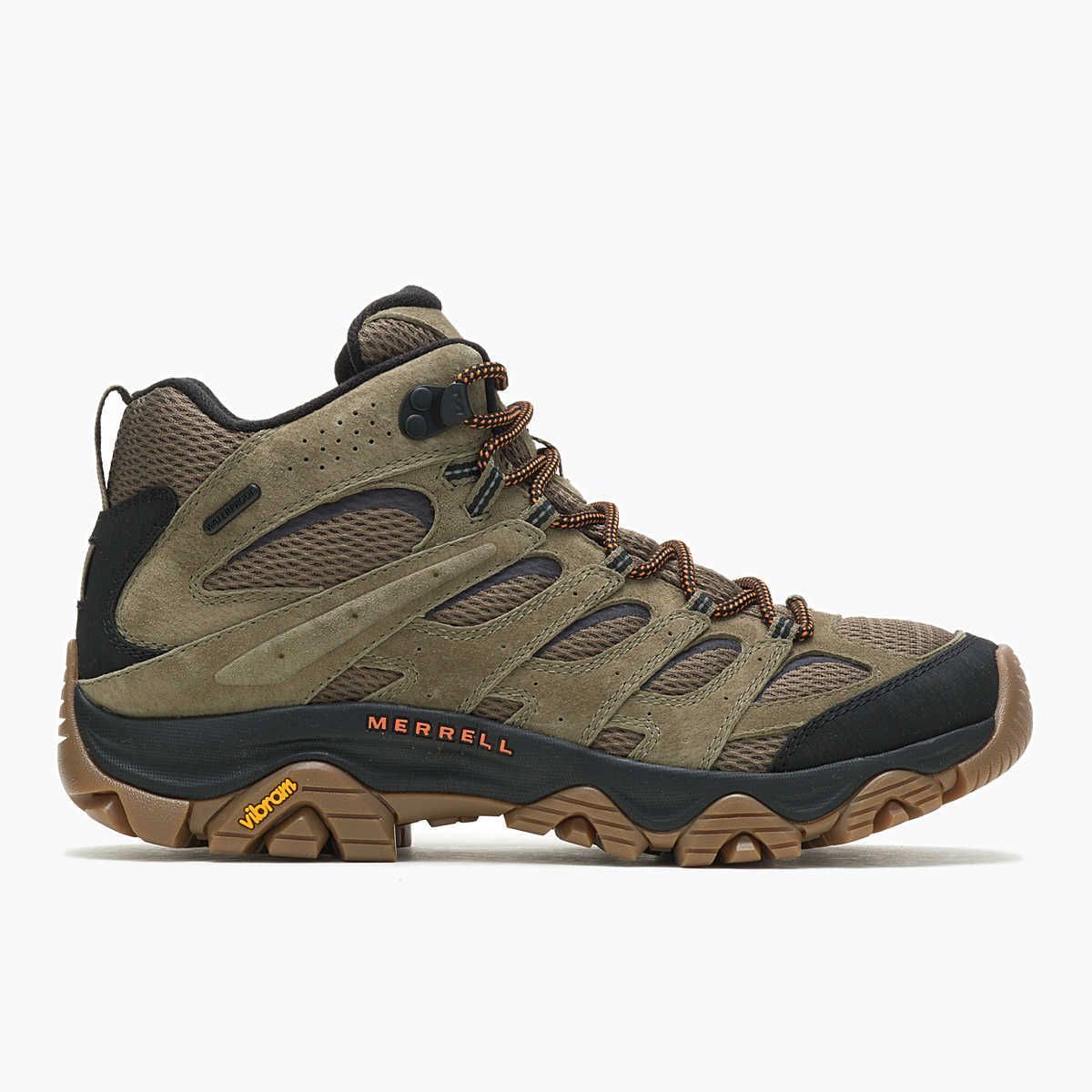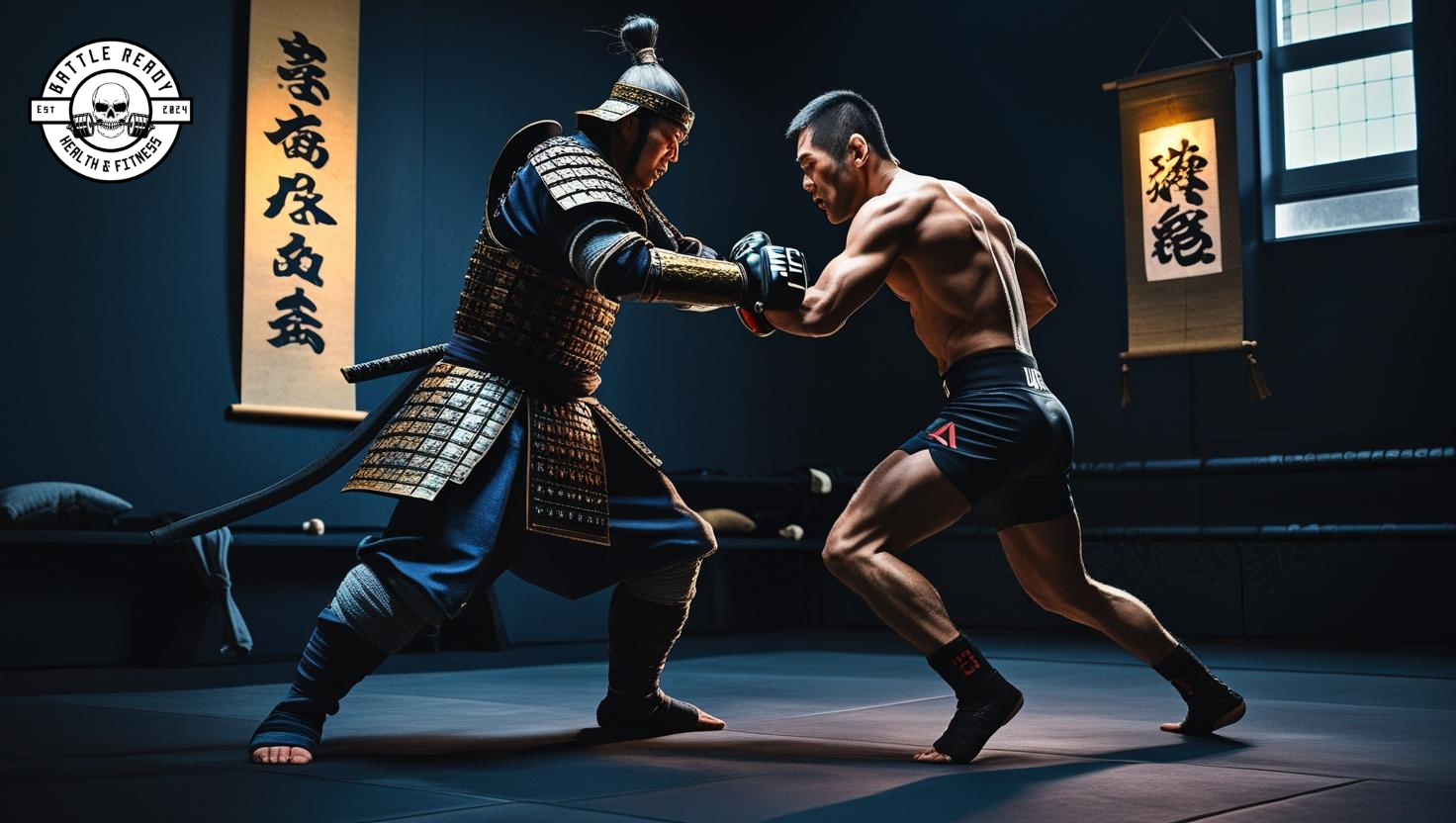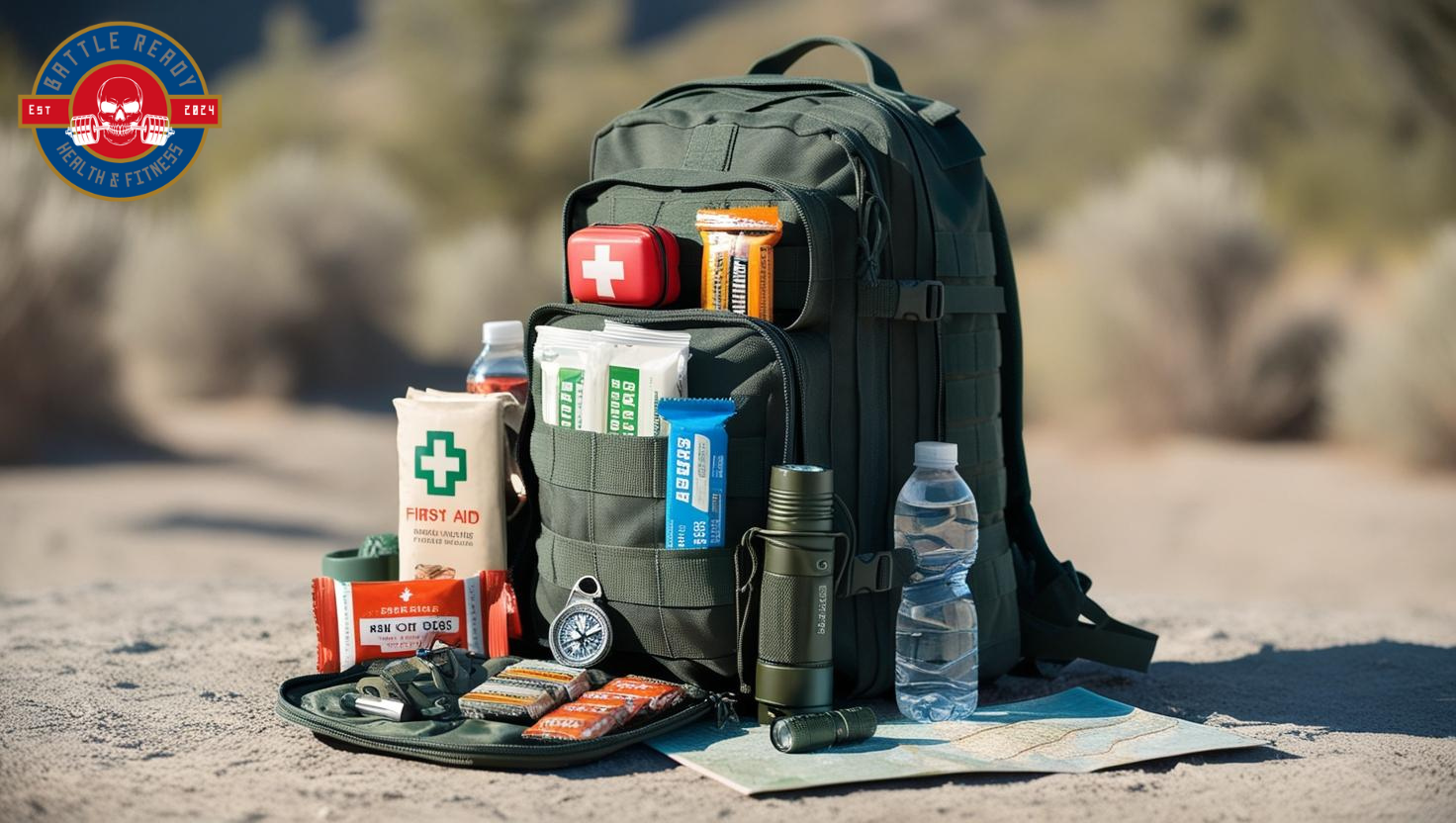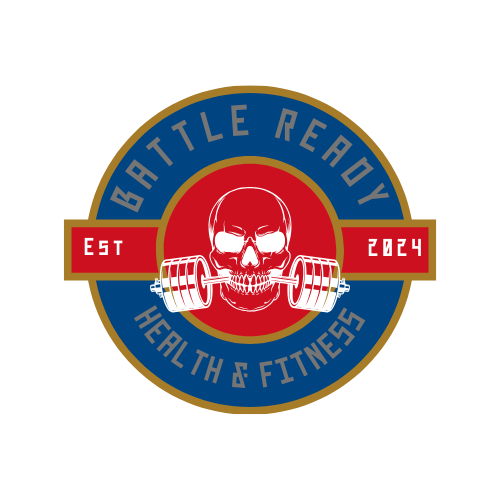Hiking & Tactical Boots
The Boots

In this blog, we will be covering three different hiking/tactical boots that will complement the combat conditioning program. With that being said, there are a vast number of options that are available that will also get the job done but these just happen to be three that I have personal experience with. Starting off with the Merrell Moab 3 offered at $150. Definitely a rugged purpose driven boot that will last you as it has been tried and true over and over again. This eco-friendly boot also has a waterproof membrane which allows for dry feet in any weather condition. You cannot go wrong with this boot that is offered at a really good price. Next up, the Salomon X Ultra 360 Mid Gore-Tex, which has become one of my personal favorites. Not only is it one of the most comfortable pairs of shoes I’ve ever put on but its appealing subdued look transitions nicely with normal civilian attire.
There are other very similar Salomon models that are up on the website that you can browse that vary with price and application, this just meets the best of all applications as it is completely Gore-Tex without giving up any comfort or durability. The X Ultra model in Gore-Tex is offered at $160 so if that price is too steep for you there are definitely cheaper options just remember what you are giving up and maybe it might make more sense for you to save up that extra bit of money to get more out of your boot.
Last boot we will cover is the 5.11A/T 6” Non-Zip Boot which is available for $160. This boot delivers the ability to hike on rugged trails, explore backcountry, and all-day comfort with the All-Terrain Load Assistance System (ATLAS). The technology that ATLAS is built on is to support natural movement and the distribution of pack weight which will definitely help out on those longer hikes. This option would be the most similar to what you would be issued in the Military so if that’s more of your realm check it out.
Again, just like everything else there are a lot of options to choose from. These three just happen to be three that I personally used before and wanted to speak on. At the end of the day go with what best suits you but my one recommendation would be to not take the cheaper option on footwear. At the end of the day, your feet are the most important thing that gets you from point a to point b everyday so take care of them! I left the links at the bottom along with another article you guys should check out from crimeco that covers several other hiking boots.
Hiking & Tactical Boots Links
Merrells $150 -
Link To Purchase
5-11 $160 -
Link To Purchase
Salomon $175 -
Link To Purchase
Crimeco -
Link To Purchase



